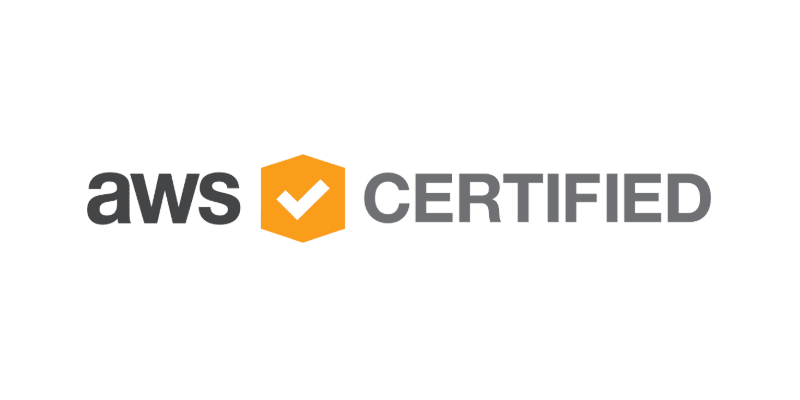I am always trying to find great talent; it’s part of being a Practice Lead in a large consulting organisation to find and develop talent. I work with a team recruiters who are constantly finding and screening people for the many roles we have.
I’ve been a big proponent of the AWS Certifications for a number of reasons; amongst which are value and confidence to the holder, value to the partner, value to the customer. I helped contribute questions to the AWS Solution Architect Professional certification in 2014 whilst passing through Herndon, Washington DC as an AWS employee, and again in February 2020 in San Francisco as an industry Subject Matter Expert, just before COVID-19 started closing down travel.
Today I took to LinkedIn, and did a search for the various AWS Certifications, and found a tally that looked interesting. These numbers are by no means authoritative, and could just be a reflection of the network of connections that I have.
| AWS Certification | Tally | Launch Year | #/Year (to 2020) |
| Solution Architect Associate* | 311,000 | 2013 | 44,428 |
| Developer Associate* | 189,000 | 2014 | 31,500 |
| Cloud Practitioner* | 103,000 | 2017 | 34,333 |
| Solution Architect Professional* | 94,000 | 2014 | 15,667 |
| DevOps Engineer Professional* | 57,000 | 2014 | 9,500 |
| SysOps Associate* | 29,000 | 2017 | 9,667 |
| Security Specialty* | 12,000 | 2018 | 6,000 |
| Networking Specialty* | 7,800 | 2018 | 3,900 |
| Database Specialty* | 7,200 | 2019 | 7,200 |
| Data Analytics Specialty | 6,300 | 2019 | 6,300 |
| Big Data Specialty (retired/renamed to Data Analytics) | 81,000 | 2014 – 2019 | 16,200 # |
| Machine Learning Specialty | 5,300 | 2019 | 5,300 |
| Alexa Skill Builder Specialty | 546 | 2019 | 549 |
With such a low number for the Alexa certification, I expect the source numbers is not be complete. Many people in certain industries (eg, intelligence services) will not put their profile online.
But regardless, lets review what we see…
The clear winner is the venerable Solution Architect Associate with the largest number per annum and largest number in total. Its seen as the initial certification in the technical certs, and is regularly reported as one of the most valuable in the industry with respect to salary expectations. Its also the longest cert I have held – being part of the very first cohort to pass this in January 2013.
While the Developer Associate certification is in second place by total number, it is just eclipsed by the number of people who have taken the Cloud Practitioner Foundational certification, on a yearly basis. The Cloud Prac is billed as an entry level, non-technical certification, so its appeal is to an even wider audience – the technical team can obtain it relatively easily, and the non-technical roles involved in total service delivery can achieve this as well.
At the Professional level, it seems the demand for certified Architects outweighs the DevOps Engineers almost 2:1; I suspect this is as a natural progression from that initial SA Associate.
The Data Analytics certification replaced the original Big Data cert last year; this gives us an insight into the change in demand. Over its active lifetime, Big Data drove 16,200 per year – its replacement sites at almost a third the prior demand. Perhaps the data analytics hype is stablising?
The total number of certifications reported above is 903,146; just shy of a million certifications in 7 years (and probably more given the validity of the data) excluding re-certifications (after 3 years, now).
Lets see what this looks like in a year from now. New AWS certifications will likely launch, continuing to help validate and differentiate experienced Cloud engineers.

